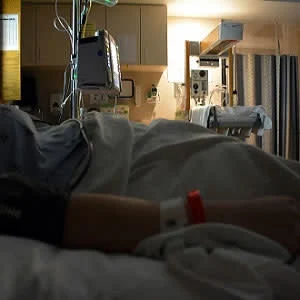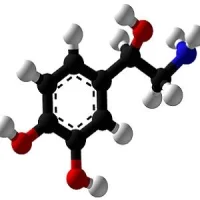Inspiratory muscle weakness is a known consequence of prolonged mechanical ventilation, and there is emerging evidence that specific inspiratory muscle training (IMT) can ameliorate this weakness. Australian researchers recommend a multidisciplinary approach to IMT for patients in the intensive care unit (ICU).
"Effective IMT requires a multidisciplinary approach to maximise feasibility, with doctors, nurses, and therapists working closely to optimise conditions for successful IMT," the research team says. "This multidisciplinary approach to implement IMT in ICU patients should assist clinicians in translating best-available evidence into practice, with the potential to enhance patient recovery."
An article published in the journal Australian Critical Care explains this detailed methodology which has been shown to be safe in selected ventilator-dependent patients and is the only approach which has been shown to increase quality of life in ICU patients.
"This is the first practical guide for clinicians which specifically focuses on IMT in ICU patients," the authors write. "This guide is informed by evidence which has emerged over the past 15 years, including randomised trials of IMT in both ventilator-dependent and independently breathing ICU patients." The importance of multidisciplinary collaboration in the success of this approach cannot be emphasised enough, the authors note.
Inspiratory muscle training is a targeted strengthening of the inspiratory muscles through the application of resistance during inspiration. Despite emerging evidence of its benefits, the authors explain, IMT is not yet standard practice in many ICUs, possibly because of the wide variety of methods reported and a lack of published practical guidelines.
"As patients need to actively participate in IMT, alertness and cooperation are essential," the authors point out. "Patients need to be awake enough to comprehend the purpose of the intermittent loading so that they perceive it as a temporary training stimulus, as opposed to a sign of deterioration or a source of distress. Thus, minimisation of sedation is a crucial component of the multidisciplinary approach to IMT in ICU, and based on our experience, alertness should be titrated to a Riker Sedation Agitation Score of 4 (or equivalent)."
According to the authors, patients who have experienced invasive mechanical ventilation for at least seven days can commence IMT in either the ventilator-dependent phase or when weaned from mechanical ventilation. Intensity should be prescribed based on maximum inspiratory pressure, which is measurable through the tracheostomy or endotracheal tube via the ventilator or a respiratory pressure meter.
Using a removable threshold device, the authors recommend high-intensity training (5 sets of 6 breaths at a minimum of 50 percent of maximum inspiratory pressure) performed once per day, supervised by the physiotherapist, with intensity increased daily such that patients can only just complete the 6th breath in each set.
“Using this high-intensity approach,” the authors say, “IMT is likely to improve not only inspiratory muscle strength but also quality of life in patients recently weaned from mechanical ventilation of seven days' duration or longer.”
There are several conditions where IMT would not be appropriate for ICU patients, for example, in those who are acutely deteriorating, experiencing severe pain or dyspnoea, or who have shifted to a palliative treatment approach, the authors add.
Source: Australian Critical Care
Image Credit: Public Domain Pictures
References:
Bissett B et al. (2018) Inspiratory muscle training for intensive care patients: A multidisciplinary practical guide for clinicians. Aust Crit Care. Article in Press; Published online: July 11, 2018 DOI: https://doi.org/10.1016/j.aucc.2018.06.001
Latest Articles
ICU, mechanical ventilation, Inspiratory muscle training
Inspiratory muscle weakness is a known consequence of prolonged mechanical ventilation, and there is emerging evidence that specific inspiratory muscle training (IMT) can ameliorate this weakness. Australian researchers recommend a multidisciplinary appro










